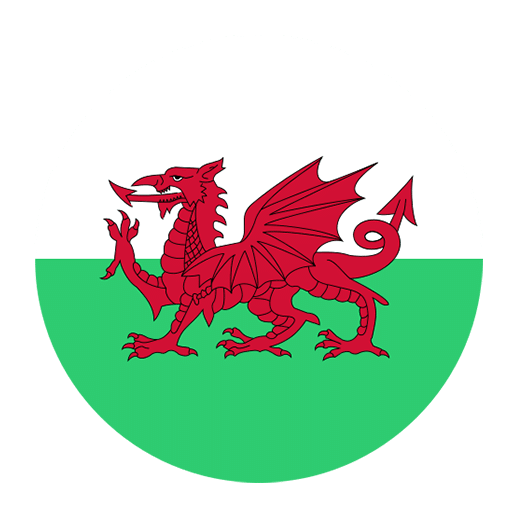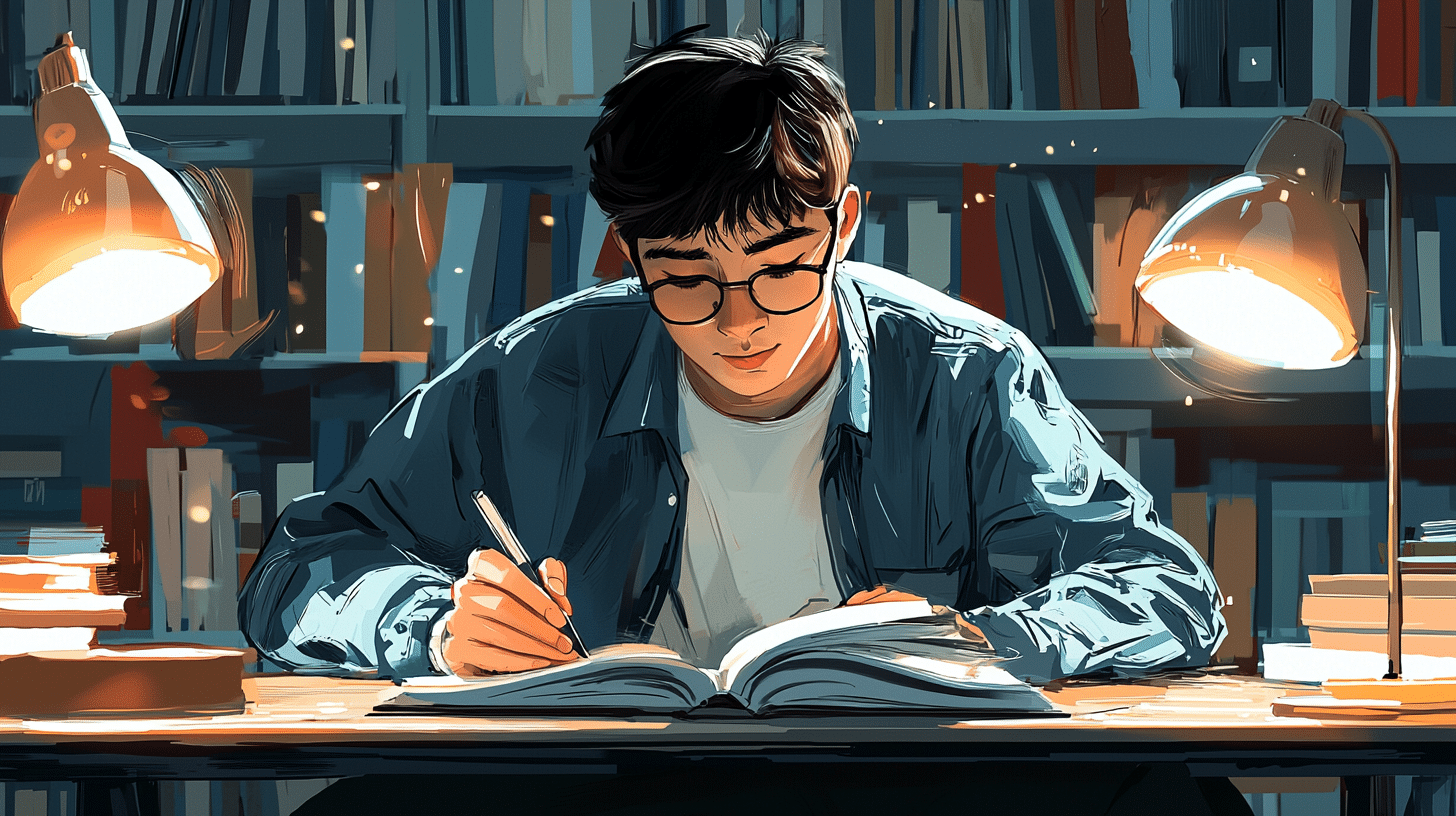Learning to describe clothing and accessories in Welsh can be an exciting part of your language journey. Whether you’re shopping in Wales, discussing fashion with friends, or simply expanding your vocabulary, being able to talk about what people wear is a useful skill. In this article, we’ll cover a range of terms for clothing and accessories, provide some example sentences, and offer tips on how to incorporate these new words into your everyday conversation.
Basic Clothing Vocabulary
Let’s start with some foundational vocabulary for everyday clothing items. Here are some common terms you might need:
– Pants – Trowsus
– Shirt – Crys
– Dress – Ffrog
– Skirt – Sgert
– Shoes – Esgidiau
– Socks – Sanau
– Coat – Cot
– Hat – Het
– Gloves – Menig
– Scarf – Sgarff
These words will help you get started with basic descriptions. For example, if you want to say, “I am wearing a shirt,” you would say, “Rydw i’n gwisgo crys.”
Descriptive Adjectives
To add more detail to your descriptions, you’ll need some adjectives. Here are a few to describe color, size, and style:
– Red – Coch
– Blue – Glas
– Green – Gwyrdd
– Black – Du
– White – Gwyn
– Small – Bach
– Large – Mawr
– Long – Hir
– Short – Byr
– New – Newydd
– Old – Hen
Using these adjectives, you can make more specific statements. For instance, “I like your red dress” would be, “Dw i’n hoffi dy ffrog goch di.”
Describing Accessories
Accessories can add an extra layer of detail to your conversations about clothing. Here are some key terms:
– Bag – Bag
– Belt – Gwregys
– Watch – Oriawr
– Bracelet – Breichled
– Necklace – Tlws
– Earrings – Clustdlysau
– Sunglasses – Sbectol haul
– Ring – Modrwy
For instance, you might say, “She is wearing a beautiful necklace,” which translates to, “Mae hi’n gwisgo tlws prydferth.”
Combining Clothing and Accessories
Now, let’s combine what we’ve learned. Suppose you want to describe someone’s entire outfit. You could say:
“He is wearing a black coat, blue pants, and brown shoes.”
In Welsh, this would be: “Mae e’n gwisgo cot ddu, trowsus glas, ac esgidiau brown.”
By combining different clothing items and accessories with descriptive adjectives, you can create detailed and vivid descriptions.
Example Conversations
To further solidify your understanding, let’s look at some example conversations:
1. **Shopping for Clothes**
– Person A: “Excuse me, do you have this shirt in red?”
– Person B: “Yes, we do. What size do you need?”
– Person A: “I need a small size.”
In Welsh:
– Person A: “Esgusodwch fi, oes gennych chi’r crys hwn mewn coch?”
– Person B: “Oes, mae gennym. Pa faint ydych chi’n ei angen?”
– Person A: “Dw i angen maint bach.”
2. **Complimenting an Outfit**
– Person A: “I love your dress! Where did you buy it?”
– Person B: “Thank you! I bought it in Cardiff.”
In Welsh:
– Person A: “Dw i’n caru dy ffrog di! Ble wnest ti ei brynu?”
– Person B: “Diolch! Prynais i hi yng Nghaerdydd.”
3. **Discussing Preferences**
– Person A: “Do you prefer wearing hats or scarves in the winter?”
– Person B: “I prefer scarves because they are warmer.”
In Welsh:
– Person A: “Wyt ti’n well gen ti wisgo hetiau neu sgarffiau yn y gaeaf?”
– Person B: “Mae’n well gen i sgarffiau achos maen nhw’n gynhesach.”
Expanding Your Vocabulary
As you become more comfortable with basic clothing and accessory terms, you can expand your vocabulary to include more specialized items. Here are a few more advanced terms:
– Blazer – Blazer
– Jacket – Siaced
– Boots – Esgidiau uchel
– High heels – Esgidiau sawdl uchel
– Swimsuit – Gwisg nofio
– Sweater – Siwmper
– Underwear – Dillad isaf
– Tie – Tei
For example, “She is wearing a stylish blazer,” can be said as, “Mae hi’n gwisgo blazer ffasiynol.”
Practice Makes Perfect
To truly master describing clothing and accessories in Welsh, practice is essential. Here are a few tips to help you practice:
1. **Label Your Wardrobe**: Attach labels with the Welsh names to your clothing items and accessories at home. This will help reinforce your vocabulary through daily exposure.
2. **Create Flashcards**: Make flashcards with images of clothing and accessories on one side and the Welsh terms on the other. Use these to test yourself regularly.
3. **Watch Welsh Fashion Shows**: If available, watch Welsh fashion shows or read Welsh fashion magazines. This will give you a sense of current trends and how to describe them in Welsh.
4. **Practice with Friends**: If you have friends who are also learning Welsh, practice describing your outfits to each other. This will help you get comfortable using the vocabulary in conversation.
5. **Write Descriptions**: Write short descriptions of outfits you see online or in magazines. Try to include as many details as possible, using the adjectives and terms you’ve learned.
Conclusion
Describing clothing and accessories in Welsh is a valuable skill that can enhance your ability to communicate effectively in various settings. By learning key vocabulary, practicing with descriptive adjectives, and incorporating these terms into your daily life, you’ll become more confident in your Welsh language abilities.
Remember, language learning is a journey, and every new word you learn brings you one step closer to fluency. So, keep practicing, stay curious, and enjoy the process of discovering the beauty of the Welsh language.

